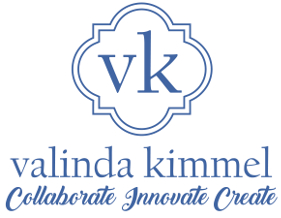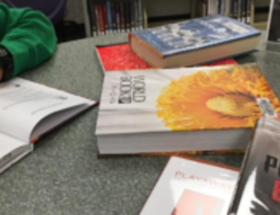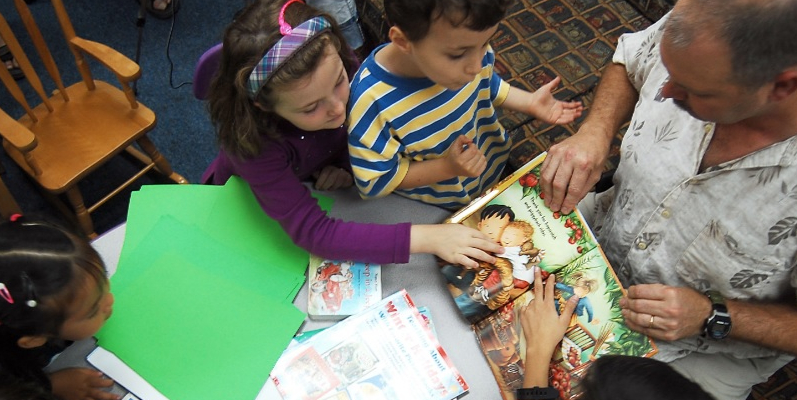And in schools all over America, students are forced to “learn” in a way that befits deficit model thinking. We make sure that students are doubled and tripled up in the subjects they are worst at. It is as if the sole purpose of schooling for many kids is just to make sure that they are slightly less bad at the things they are worst at. We have created a schooling environment where the sole purpose seems to be to ameliorate the worst of abilities our students have, rather than nurture the best of who they are.
—Chris Lehmann (2013)
In education we identify children that are broken so we can fix them.
That’s what teachers are supposed to do. Right?
What if we worked harder at identifying and celebrating students’ strengths? What if we committed to an asset model instead of a deficit model?
The deficit model of education sees kids as–
- lacking in some way
- defective
- deficient
- needing to be fixed
- not as good as . . .
- needing to develop skills valued by mainstream society
Let me illustrate the vast difference between the two models by telling a story.
Ivy is an interventionist on an elementary campus. You only need talk to her for a few minutes to hear the passion, persistence, commitment and determination in her voice.
Last year Ivy was meeting with students in need of intensive intervention on her campus. In one of those intervention sessions her students read a book about robots. A young girl expressed interest in knowing more about robots so that she could build her own. Ivy suggested they research all they could and work together to construct a robot. The student’s family agreed that she would meet Ivy before and after school to pursue their joint inquiry project.

They did just that and at a special STEM night on their campus the student presented her research and her robot.
Now, that’s pretty amazing in itself. An interventionist, whose work it is to fix kids, turned that around and for one young student made the seemingly impossible, possible.
But, there’s more.
Another student in the intervention group overheard Ivy and the young girl talking often in passing about their plans to study and build a robot. He stepped forward and asked that he be able to join. Ivy was unsure, but the more they entertained the idea, the more they found out he already knew about electronics, engineering and technology.
Ivy related she was surprised. This young boy was being referred for special education services. Ivy was a little concerned that he might not be able to stay up with the research and other responsibilities of the project.
He did that and more.
At the end of the school year, he announced to Ivy that he’d be moving.
Earlier this year at the start of school, she received an email from his mother—
I just wanted to reach out and let you know that H_____ made the 7-person team for Destination Imagination at his new school this year. Also, he has a B in reading and is attempting Harry Potter. He stays after for tutorials twice a week and is in Club Invention. He is also actually excited to start Cub Academy which is a twice a week program that his school offers to prepare for the STAAR test.
Because of you I realized I wasn’t crazy and he could actually do it. You will never know just how huge of an impact on our lives you made. Thank you so very much!
Have a wonderful day,
S____
Not only did this student not qualify for special services, he was now thriving as a member of the group of kids that are most often thought to be bright, even gifted. Ivy saw both of her students (who had qualified for intensive intervention) through the lens of an asset model. She didn’t think of these kids as needing to be fixed in some way. Ivy saw her students as individuals with unique gifts who could, and indeed did, succeed.
Can we, as educators, commit to looking at students with an eye for their assets? Even when we support them in some area, can’t we also search for and celebrate the abilities they bring into the classroom?
It’s happened to me so many times over the years. When I got to know students, really know them, I found them to be complex individuals, treasures if you will, waiting to be discovered.
I present to you in this short anecdote an example of a rare educator. Ivy possesses the heart and the determination to look beyond “repairing” kids. She celebrates them as individuals with unlimited potential and profound worth.
We have much to learn from her example.











YES!
Focus on what the students CAN do and what they want to do. Doing difficult tasks ad nauseum is not helpful nor appropriate. Superb reminder to focus on the right stuff!!!
It is a perfect story of how looking beyond what kids can’t do empowers them. Love this profession!